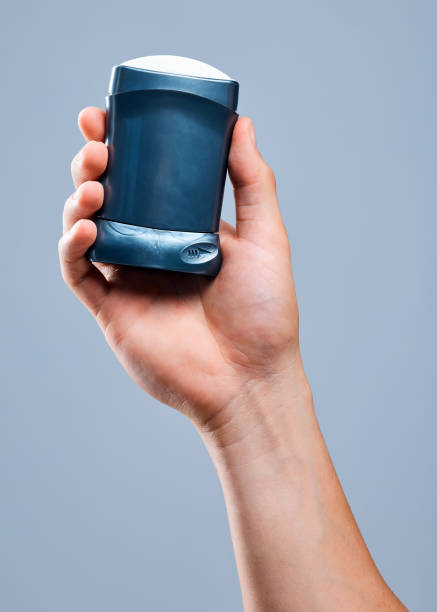
Deodorant is a personal hygiene product that most of us use on a daily basis. It is designed to help control body odor by reducing the amount of bacteria that naturally grows on our skin. In this article, we will explore the science behind deodorant and how it works.
Step 1: Understanding Body Odor
Body odor is caused by the bacteria that naturally lives on our skin. As we go about our day, we sweat, and the bacteria breaks down the sweat, producing an unpleasant odor. This odor can be exacerbated by factors such as stress, hormonal changes, and certain types of foods.
Step 2: How Deodorant Works
Deodorant works by either killing the bacteria that causes odor or by neutralizing the odor-causing compounds. Deodorants usually contain antimicrobial agents that help to kill bacteria. Common antimicrobial agents used in deodorants include triclosan, alcohol, and benzalkonium chloride. These agents work by disrupting the bacterial cell membrane, preventing the bacteria from growing and multiplying.
Deodorants can also contain odor-neutralizing compounds that react with the odor-causing molecules to neutralize them. Common odor-neutralizing compounds used in deodorants include baking soda, zinc oxide, and activated charcoal.
Step 3: Antiperspirants vs. Deodorants
Antiperspirants and deodorants are often used interchangeably, but they are two different products. Antiperspirants work by blocking sweat ducts, preventing sweat from reaching the skin’s surface. As a result, there is less sweat available for bacteria to break down, reducing body odor. Antiperspirants usually contain aluminum-based compounds that work by forming a plug in the sweat ducts.
Deodorants, on the other hand, do not block sweat ducts. Instead, they work by killing or neutralizing the odor-causing bacteria. Deodorants can be effective even when sweating heavily.
Step 4: Natural Deodorants
In recent years, there has been a growing interest in natural deodorants. These deodorants do not contain the antimicrobial agents or aluminum-based compounds found in traditional deodorants and antiperspirants. Instead, they rely on natural ingredients such as essential oils, baking soda, and coconut oil to kill bacteria and neutralize odor.
While natural deodorants can be effective for some people, they may not work for everyone. It is important to keep in mind that natural deodorants are not regulated by the FDA, and their effectiveness may vary depending on individual body chemistry.
Step 5: Choosing the Right Deodorant
Choosing the right deodorant can be a matter of trial and error. What works for one person may not work for another. When choosing a deodorant, consider the following factors:
- Antiperspirant vs. Deodorant: Determine whether you need an antiperspirant or a deodorant.
- Fragrance: Choose a fragrance that you enjoy and that complements your body chemistry.
- Skin Sensitivity: If you have sensitive skin, look for a deodorant that is labeled as hypoallergenic or formulated for sensitive skin.
- Ingredients: Read the ingredient list carefully to make sure that the deodorant does not contain any ingredients that you are allergic to or that may cause irritation.
Conclusion
Deodorant is a personal hygiene product that can help control body odor by killing or neutralizing odor-causing bacteria. Whether you choose a traditional deodorant or a natural alternative, it is important to choose a product that works for your individual body chemistry and meets your personal preferences.